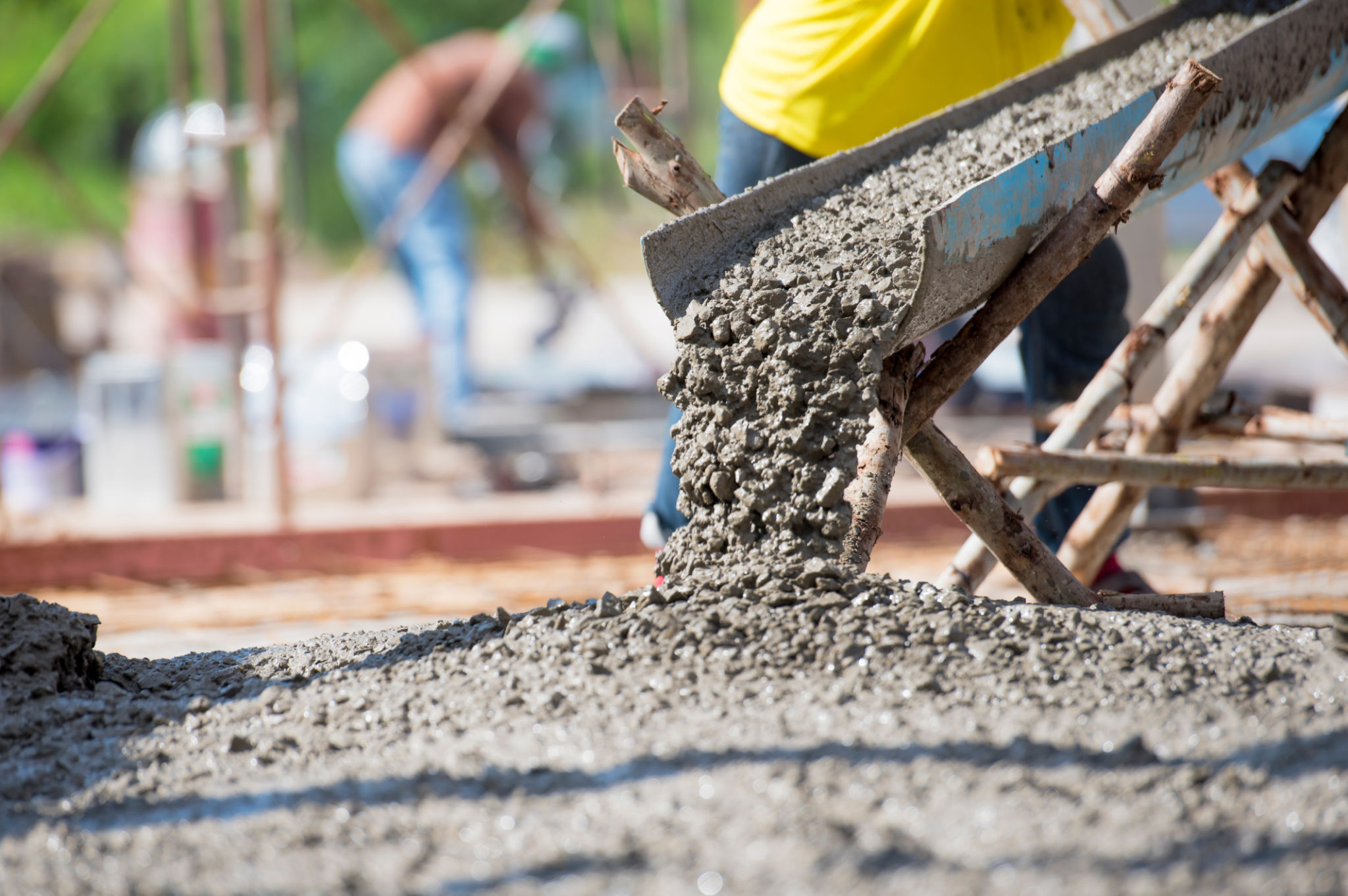A Comprehensive Guide to Concrete Placing: Tips for Durable Results
Understanding the Basics of Concrete Placing
Concrete is a versatile and robust building material that requires careful handling to ensure its durability. Proper concrete placing is crucial to achieve a long-lasting and structurally sound project. The process involves several steps from preparation to curing, and understanding these fundamentals can make a significant difference in the outcome.

Preparation is Key
Before starting the concrete placing process, thorough preparation is essential. Begin by assessing the site to ensure it is clean and free of debris. This not only facilitates easier pouring but also prevents contamination that could weaken the concrete. Additionally, setting up formwork correctly is vital to maintain the desired shape and prevent any leakage.
Another crucial preparatory step is selecting the right type of concrete mix. The mix should be suitable for the specific requirements of your project, whether that's high durability, water resistance, or fast setting. Consulting with a concrete supplier can help in choosing the best option for your needs.
The Importance of Proper Pouring Techniques
Once the site is prepared, it's time to pour the concrete. Employing proper pouring techniques is critical to avoid issues like air pockets or segregation of aggregates. Start by pouring the concrete as close to its final position as possible to minimize movement. Use a chute or pump to direct the flow efficiently.

During pouring, it's important to work swiftly yet carefully. Concrete should be placed within 90 minutes of mixing to maintain its integrity. In addition, consider using vibrators to eliminate air bubbles and ensure a uniform distribution of materials.
Leveling and Finishing
After pouring, leveling and finishing are necessary steps for a smooth surface and proper texture. Use screeds to level the concrete, ensuring it reaches all corners of the formwork. Follow up with bull floats to smooth out the surface and encourage the rise of cement paste, which aids in finishing.
Finishing tools like trowels can then be used to achieve the desired texture, whether that's a smooth finish or a decorative pattern. Timing is crucial; begin finishing when the surface has lost its sheen but before it becomes too stiff.

Curing for Strength and Durability
Curing is often overlooked but plays a significant role in the strength and durability of concrete. Proper curing helps maintain moisture in the concrete, allowing it to develop maximum strength. Techniques such as covering with wet burlap or using curing compounds can effectively retain moisture.
The curing process can last from seven days to a month, depending on environmental conditions and the specific type of concrete used. Protecting the concrete from extreme temperatures during this period is vital to prevent cracking or weakness.
Common Mistakes to Avoid
Avoiding common mistakes in concrete placing can save time and resources. One frequent error is overworking the concrete, which can lead to surface defects. Another is neglecting temperature considerations; extreme temperatures can adversely affect curing and strength development.
Additionally, improper joint placement can lead to cracking. Ensure that contraction joints are placed at appropriate intervals to allow for expansion and contraction without compromising structural integrity.
Conclusion
Concrete placing is a meticulous process that demands attention to detail at every stage. By following these tips and techniques, you can achieve durable results that stand the test of time. Whether it's a driveway, foundation, or any other structure, proper concrete handling ensures safety and longevity.
